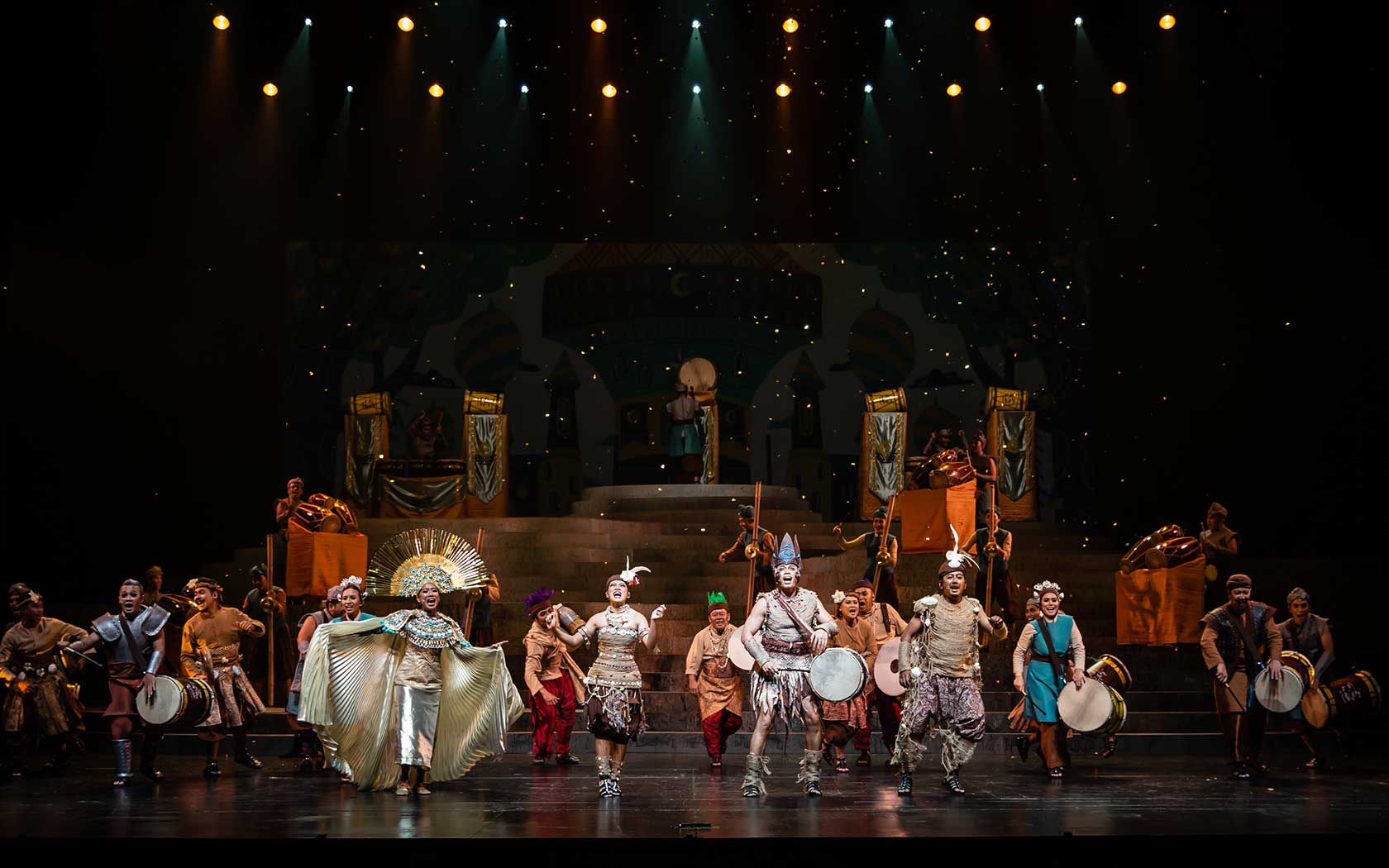We use cookies to improve your experience on our site. To find out more, read our data protection and cookie policy. By using our site, you agree to our use of cookies. Close to continue browsing.
Esplanade Presents
Tēvaram: Garlands of Praise
12 Apr 2024, Fri, 7.30pm
14 Apr 2024, Sun, 2.15pm
(Intermission: None)
Esplanade Concourse
This event is over.

This event is over.
Listen to millennia-old poetry devoted to Shiva, written by wandering saint-poets, which shaped the socio-religious and cultural landscape of South India centuries ago.
In the early seventh and eighth centuries, the Pallava and Chola kingdoms of Southern India were at the height of their power and influence. A movement that cut across the prevalent trends of established Hindu practices emerged, developed by the Tamil-literate poets of the South. This movement, which eventually entered the literature of other languages of the region and the languages of non-literate people, was called bhakti (devotion). It stemmed from Tamil saint-poets’ rejection of hegemonic ritualistic worship, and was developed to provide a more personal encounter with the divine, one that focused on the physical, visual, and thereby visceral presence of a deity.
The bhakti movement was more of a religious lifestyle than a specific sect of Hinduism, and a major force of inclusiveness, especially towards members of lower castes and women. Attitudes towards the gods were more ambiguous here: the gods were not only on the side of devout worshippers, but also on the side of sinners, some of whom did not worship them through mainstream ritual practice. Another central tenement to the idea of bhakti is the worshipper’s often bold threats to abandon or reject a god if his love was not returned.
It was also during this time that the Nyanmars, a group of wandering saint-poets devoted to Shiva, wrote the Tēvaram , a collection of poems that exalted Shiva as the supreme god. These devotional compositions resonated with the common people of the time, further catalysing the bhakti movement throughout South India. The language of these poems departed from the more classical style of earlier Tamil poetry, and were meant to be performed orally. They have been performed in temples and homes ever since, preserving the Tamil language and cultural heritage.
Many of these poems borrowed themes from the secular Tamil poetry of the time— unrequited and mismatched love in particular—and reworked them to express the anguish of a devotee who is separated from his god. Very often, the saint-poets revealed details of their own lives, writing in first person.
Seats are available on a first-come, first-served basis.
Odhuvaar Sri Vaidhyanathan
Odhuvaar Sri Vaidhyanathan is one of the foremost practitioners of Tēvaram in Singapore and has extensive experience in both teaching and performing. Over the past two decades, he has performed extensively around the region and in India.
Viknash Balakirshnan
Viknash Balakirshnan is a talented mridangam player who received his training at the Singapore Indian Fine Arts Society under the guidance of Sri. Chennai K. Deenadayalan and Sri Tiruvarur Vaidyanathan. He began performing at the age of 17 and has since participated in numerous concerts and ensembles, collaborating with local and international artists from various genres. Balakirshnan won first prize in the Mridangam Solo Open Category of the National Indian Music Competition 2004. He is a freelance mridangam accompanist and is dedicated to promoting the versatility of the instrument in the performing arts scene.
Shreya Gopi
Shreya Gopi is a graduate of the Singapore Indian Fine Arts Society, where she completed her diploma under the guidance of Guru K. Sivaraman. She has performed in several programmes by SIFAS, the SIFAS Alumni, and the Singapore Indian Orchestra and Choir.
12 Apr 2024, Fri
7.30pm
14 Apr 2024, Sun
2.15pm


Become a member

Great arts experiences begin with Esplanade&Me. Join this membership to enjoy ticket specials on shows at Esplanade, early bird specials, promotions at Esplanade Mall, unlimited access to Offstage and more.

Never miss a show again. Get on our mailing list.
- Tēvaram: Garlands of Praise










